Features
Hardware: The Storm utilizes the MSM7600 from Qualcomm,[2] a dual core CPU with ARM11 400 MHz and ARM9 274 MHz. The device features 1 GB of onboard memory, 128 MB of NVRAM and an expandable memory slot support for a microSD card of up to an additional 32 GB. Verizon Wireless, Bell Mobility and Telus Mobility include a preinstalled 8 GB microSD card on board.
Screen and input: The Storm featured a 3.25 in (8.3 cm) TFT-LCD capacitive touchscreen with 360×480 pixel resolution, able to display 65,536 colours. The screen also incorporated technology developed by RIM known as SurePress, which allows the screen to press down like a button to provide physical feedback.
By default, the Storm uses a virtual keyboard implementing the SureType predictive text system used by other Blackberry phones when held vertically, switching to a QWERTY keyboard when held horizontally. Newer versions of the Blackberry OS for the Storm allow the use of the QWERTY keyboard when held vertically. Firmware package 4.7.0.203 (Verizon Wireless) removes the predictive text feature from the multi-tap keyboard configuration; the feature was reinstated in later updates. There have been reviews on reports of screen difficulties such as freezing and wrong buttons loading.
The device features a built-in 3.2 megapixel camera located on back which features a flash, autofocus, and has video recording capabilities with a maximum resolution of 480 x 352 pixels.
Connectivity: The Storm supports CDMA with EV-DO Rev. A data, UMTS with HSDPA, and quad-band GSM with EDGE data access speed. The BlackBerry Storm 9500 has a firmware-disabled CDMA module and is destined for use outside North America. However, the BlackBerry Storm only has European, Oceania, Asia and Brazil UMTS and HSDPA frequency bands. Therefore, if the BlackBerry Storm is used with GSM wireless carriers in North America, the BlackBerry Storm will only be able to access wireless internet at EDGE data speed maximum. This is because GSM carriers in North America, namely AT&T, T-Mobile, Rogers and Fido do not operate on the same frequency bands for 3G as the rest of the world. If BlackBerry Storm is used in Europe, Africa, Asia, Oceania or Brazil, HSDPA wireless data speed can be achieved, provided that the local GSM network supports it.[12] The phone will use the primary network technology of its intended carrier (Verizon) when traveling domestically in the US, and rely upon the GSM/UMTS/HSDPA networks of Vodafone mainly when traveling abroad. There are currently no unlocked and unbranded versions available for the GSM Blackberry Storm; however unlocking the phone will allow it to be used with any GSM service provider.The device also supports Bluetooth v2.0, Bluetooth Stereo Audio via A2DP and AVRCP.















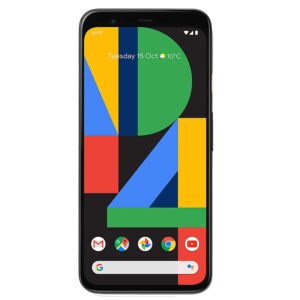
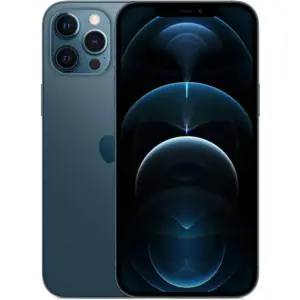


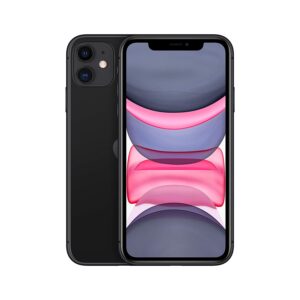
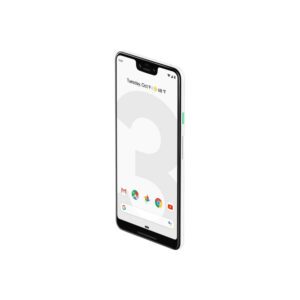
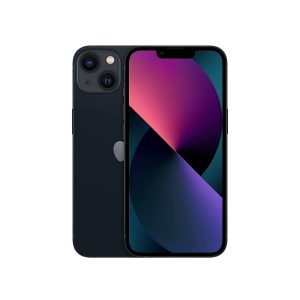

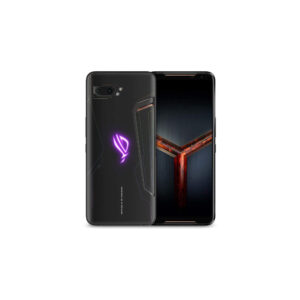
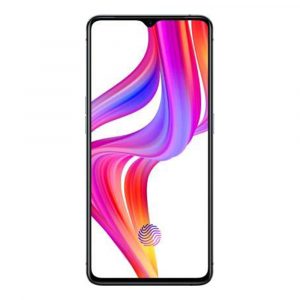
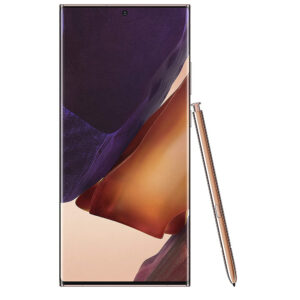
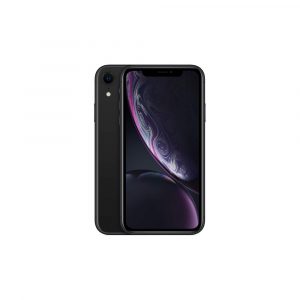
Reviews
There are no reviews yet.